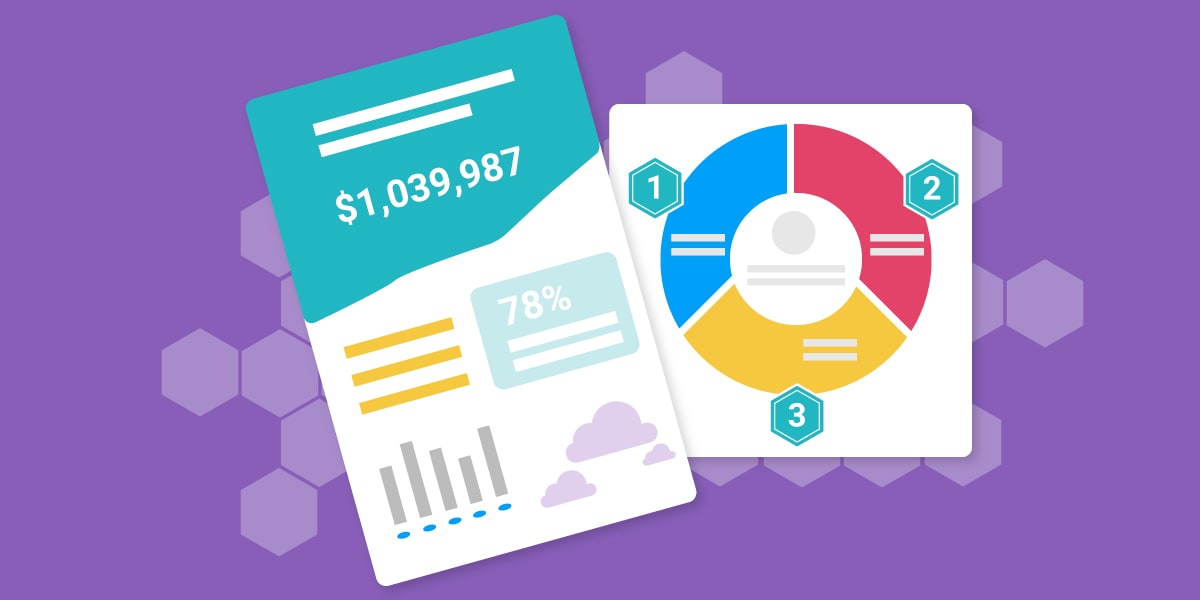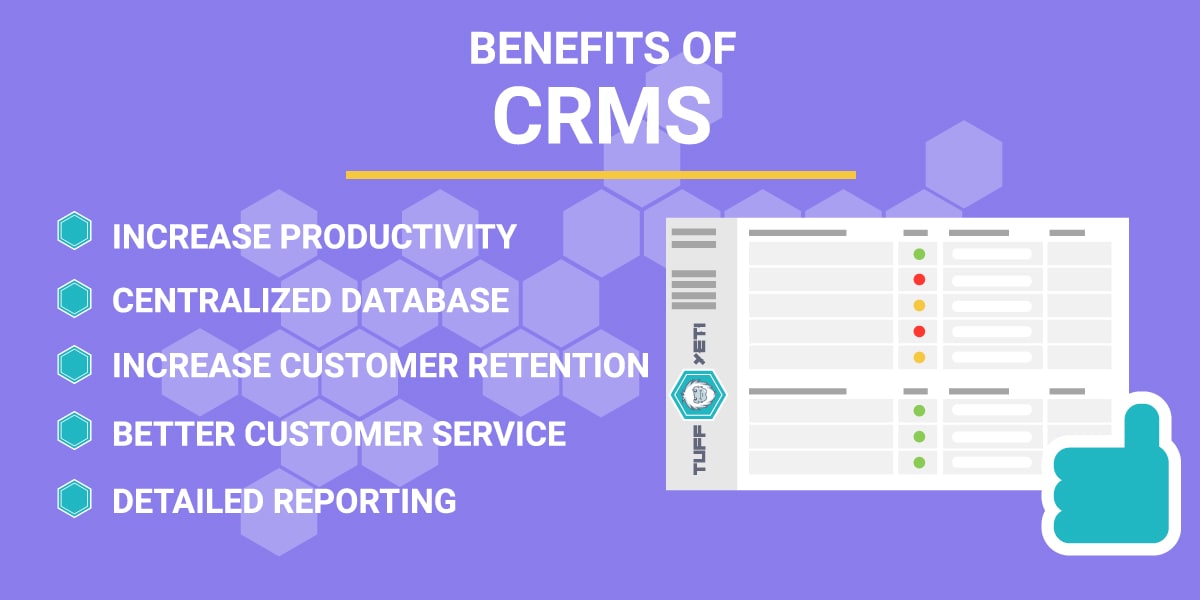How to Generate Traffic to Your Website (7 Ways)
Generating traffic to your website is much the same way you generate leads for your business. Instead of trying to get people to sign up, you want to get as many new visitors to your website as possible.
Traffic is something that all websites need to help generate income either through sales, advertising, or other means.
Thankfully, there are many ways to generate traffic to your website, many of which can be free, like SEO, Guest Blogging, and Social Media. In contrast, others need some investment like Paid Advertising on search engines or social media platforms.
I’ve put together a list of 8 ways you can generate traffic to your website that will help overall and mean you don’t have to rely on SEO as much.

1. Number 1 traffic generator – SEO
If you’re looking to gain more traffic to your site, by far the best return on investment is Search Engine Optimization. It’s free to do, anyone can do it, and organic search can drive as much as 40% traffic to your site, more in some cases.
What does that mean for your SEO strategy? It means that you will want to focus your time on researching searched keywords and creating content that can reach the top of the search engine page results (SERPs).
And with Google still dominating the search engine market in 2022 with 85.55% of the global market share (according to Statisa.com), you’ll want to try and focus on optimizing your content against the over 200 ranking factors Google is looking for.
SEO might be one of the most cost-effective ways to generate website traffic, but it does take time, and you’ll need to learn what to do and what not to do, following best practices.
You’ll want to ensure you have your on-page SEO in check, like adding headlines, images, internal links, meta titles, meta descriptions, and content. You’ll also want to ensure that your technical SEO, like HTTPS, fast page load speeds, good content structure, and no dead links, are all in place.
On-page and technical SEO only cover some factors that Google and other search engines are looking for. Off-page SEO, like having quality backlinks from other authoritative sites to your site, also helps with your website rankings.
If you’re willing to learn, then you can compare SEO tools like Ahrefs, which can help you find the low competition, high search keywords to target. You’ll also be able to see keyword gaps between you and your competition and find content ideas to help with your SEO strategy.
Related: Find the best SEO Audit tools to help find any quick fix issues with your website.
2. Content Marketing
Content marketing and SEO go hand in hand. Without a diverse content marketing strategy, you’re never going to reach the top of search engines and, in turn, aren’t going to be driving the quantity of traffic to your site that you want.
What is content marketing? Content marketing is creating quality content, whether a blog post, PDF, Infographic, Video, or Social Media post that offers valuable information about services, products, or how to do things to attract new visitors.
Creating valuable content makes it more likely to be shared across social media platforms and organically gain backlinks from other websites that can help drive more traffic to your website.
All of this helps create brand awareness, gains trust, shows your site as an expert in the field, and helps increase your visibility in search engines.
Types of content to create include (but not limited to):
- Blog Content
- Social Media Content
- Paid Advertising Content
- Infographics
- Video Content
- eBooks
- Case Studies
- Webinars
- Email Newsletters
Combine writing content for SEO and your users to create well-balanced posts and articles that are valuable resources and have the chance to rank well in search.
Related: Take a look at best Infographic makers that can help you create eye-capturing infographics without design skills needed.
3. Paid Advertising
If you have the budget to go beyond creating content, then paid advertising is another way to create targeted traffic to your site.
I say targeted because, typically, when it comes to paying for your advertising (depending on the platform), you’ll be able to choose the keywords to target or segment your adverts based on location, device, interests, and more. Segmenting your traffic can bring in the traffic that will often convert better than organic search.
PPC (pay per click) advertising has many benefits including:
- Can bring traffic quickly
- Can test what works better
- Target your audience by age, interest, location & more
- Ads appear above organic search, posts, content
The disadvantages of PPC include:
- It’s expensive and needs a decent budget
- Low profit margins compared to SEO and other marketing techniques
- People are wise to adverts
Before you start paid advertising, you will need to find out where your potential new website visitors will be. Unlike SEO, where everyone uses search, depending on your industry, there are better platforms than others to help improve your results.
Here’s a few advertising platforms to help you out:
- Google Ads
- Microsoft Ads
- Facebook Ads
- LinkedIn Ads
- Instagram Ads
- Amazon Ads
These are just some of the best-paid advertising platforms to focus on.
4. Get on top of your Social Media Strategy
If you’re looking to increase website traffic for free, you will want to put some effort into your social media strategy.
And I mean effort. Social media can take time to find your audience and grow. You’ll need to research which platform has the potential to bring the best returns in terms of traffic to your site and keep on top of it.
You’ll need to post regularly, not just sell, but provide helpful information and some cute cat memes to generate the traffic you need.
A study by Growthbadger found that Facebook is still the platform to be on for most sectors, with YouTube and Twitter being popular social platforms.
However, you’ll also find that social doesn’t bring as much traffic to your site as SEO does. What it does is help grow your brand awareness and lets you grow an audience that isn’t reliant on search engines.
If you grow your audience big enough, it gives you a direct platform for potential customers and visitors to your site when you release a new post or have a new service or product to sell.
Here’s a few of the top social platforms to take a look at:
- Quora
- YouTube
Check out some of my social media marketing tips to ensure you get the most out of your time promoting your site on social.
5. Guest Blogging
Backlinks are an SEO factor that Google likes to see; however, guest blogging isn’t just about increasing your backlink count when it comes to generating more traffic.
It can help increase your exposure and trust and let you be seen as an expert in the field you are writing about.
Reaching out to other websites in your industry and offering to write content related to your and their niche that their readers will be interested in are just some criteria to meet when looking for guest blogging opportunities.
How do you find sites to guest blog on? You can search on Google for terms like ‘accept guest posts’ or ‘guest post by’ or head to some of your favorite websites in your niche and contact them directly to see if they are welcoming guest bloggers.
When you write your blog post, make sure to write informative and valuable information that is well researched and provides added benefits to their site. Write for the audience; remember, it’s not about promoting your brand. Don’t be salesy and push your services. It’s not an advertisement for your business, you’re providing a resource first, and you should structure your post as such.
Do guest blogging right, and it can be a great way to provide some traffic to your site and your brand with added value.
6. Email Marketing
Once you’ve got people to your website, you will want to try and grab their details, especially their email addresses.
Growing your email list doesn’t help you bring traffic in, in the first place but what it does is help increase your return visitors to your site.
As you grow your list, you have a foolproof way to continuously bring traffic back to your site through targeted email campaigns.
The great thing about email marketing is that you have an audience of people already interested in what you are promoting and the content you are making.
This makes it easier to sell to them, get them to share your stuff, and even cross-promote them by getting them to sign up to your social media or YouTube channels.
Increasing your email list subscribers also helps protect your business and website against search engine algorithm changes. You’ll still have people to keep on coming back to your site and sell to even if you’ve been wiped off the first page of Google.
And email marketing doesn’t have to be difficult. There are many email marketing tools out there, like Mailerlite and Sendinblue, that provide you with pre-designed templates you can customize, as well as provide you with sign-up forms you can embed on your site.
They have analytics built in to let you know what works and what doesn’t, as well as allow you to segment your email lists by different factors to maximize your open and click-through rates.
7. Create a free tool
Not everyone will be able to create a free online tool for their business. However, if you do have the opportunity to build a free tool, then it can be a great way to generate consistent traffic to your site.
A free tool is one that you let your visitors use for free, no payment required and no tie-ins. It helps provide value to your visitors by allowing them to accomplish a task, and even though you don’t get paid for them using it, it can help you generate traffic as people will be more likely to share and spread the word about your tool.
Thankfully, you don’t have to be a coder to add a tool to your site. Many websites like Codecanyon let you purchase pre-made tools that you can add directly to your site, instantly adding value and driving traffic through search and other means.
Of course if you want something unique and more valuable than a free calculator, then you might want to head to one of my recommended websites to hire freelancers like UpWork or Fiverr. On there you’ll be able to hire someone to create your free online tool specific to your requirements.
Do this, and you’ll find that you can start driving more visitors to your site over time. And it’s a great tool to promote on your site, other sites, and social media. Especially as there’s no payment needed, it’s an easy sell.
Generating Website Traffic Summing Up
It takes time and effort to drive traffic to your site and see any growth continually. You will need to diversify your marketing strategy by combining many of the traffic generation ideas above to help bring reliable traffic.
Focusing your efforts on SEO and content marketing is a prime example of how you can provide more valued traffic, focusing content on specific search terms depending on what people are searching and where they are in the sales funnel. This helps capture the right people at the right time.
If you continually capture email addresses to grow your email list, you’ll have an excellent opportunity to market your content to people who are already interested in what you do. Marketing to your email list helps drive them back to your site, time and time again.
Paid advertising works and works quickly, but you’ll need a large budget to compete against the competition. At the same time, social media can take a long time to grow, but it offers an alternative way to generate traffic to your site that doesn’t rely on search engine optimization.
Don’t forget to look at your website analytics to keep track of what content is performing and what’s not as this can give you valuable information on where to focus your efforts and what content to improve to help generate quality traffic and reduce bounce rates.
Overall, spend the time in the right places, and you’ll be able to grow your traffic, build your business and have the potential to future-proof your business’s success.



